Aging, improper body mechanics, trauma, and structural abnormalities can injure one's spine, leading to back pain and other symptoms such as leg pain or numbness in legs or even leg weakness.
Chronic back pain is a condition that generally requires a team of healthcare professionals to diagnose and treat the cause of pain. And if one has struggled with severe and continuous back pain for any length of time, be it short or long, they should be diagnosed properly. After proper diagnosis, a decision can be taken whether to subject the patient to conservative management or surgery. Most of the patients respond well to conservative treatment in the form of medicines and physiotherapy exercises but sometimes, surgery is the only option to tackle the situation.
Dr. G Amrit, MBBS, MS (Ortho), Fellowship in Spine Surgery currently residing at Bhubaneshwar, Odisha has pursued his fellowship in spine surgery from Indian Spinal Injuries Centre, New Delhi and has got the exposure of diagnosis and management of various spine disorders including trauma, degenerative spine conditions, deformity correction, neoplastic lesions of the spine.
Past trends of spine surgery
Amrit explains what the past trends in spine surgery were, “Basically when we say spine surgery, it is an ancient technique. In Shrimad Bhagwat Geeta we have read how Lord Shri Krishna corrected the hunchback deformity of one of his disciples by applying traction. So the management of spine pathologies began in an era where we used to do only tractions, then came an era where there was decompression without any instrumentation, then came the era of instrumentation like Harrington’s rods, various types of screws, hooks to stabilize the spinal column. Right now, we have posterior pedicle screw systems with excellent three-column stabilization which help us to address most of the spine surgeries from posterior approach only,” he says.
Future trends of spine surgery making surgeries safer
Dr. Amrit explains about the future trends in spine surgery, “Coming to the future trends, we can see more use of navigation system which is connected to a computer software program wherein the patient’s radiographic data is registered and then it guides the surgeon to determine the right starting point of screw entry and the right trajectory path of the screw to reduce the errors in putting the screws. So, the navigation system makes surgeons’ work easier and surgery safer. The second innovation in the field of spine surgery is robotic surgery and in India, there are few places where robotic surgery is available like in Indian Spinal Injuries Centre, New Delhi from where I completed my fellowship, so I got an opportunity to work with it during surgeries."
"In Robotic surgery, the robot’s arm guides the surgeon to put pedicle screws properly. It is best utilized in case of difficult deformity cases where the anatomical landmarks and orientation of vertebra are altered. In such cases, the robot along with navigation makes the surgery easier and safe. Despite all these ultimately, it’s the surgeon’s training and capability to properly use the navigation system and robot to get the best outcome. Coming to the biomaterials used in spine surgery earlier we were using stainless steel implants which got replaced with titanium implants. We are using PEEK cages (Poly Ethyl Ether Ketone) along with titanium cages. Even cages made from carbon fibers are under development. In place of iliac crest autografts, we are looking at allograft materials and also plastics and polymers that can be used as a conduit to hold the graft material in place that can address the problems associated with autograft harvest and limited supply of cadaveric allograft. Similarly, disc replacement surgeries are on the rise to avoid fusion in young patients. Minimally invasive surgeries are developed to address patients with proper indications, to reduce the surgery duration and recovery time. So, soon we can look at an increase in the use of robotic and navigation system,” says Dr. Amrit
Experience of handling arthroplasty, arthroscopy, and musculoskeletal tumor cases
Dr. Amrit narrates his experiences of handling surgery cases, “These are some of the sub-specialties in Orthopedics along with Foot and Ankle surgery, Pelviacetabular surgery, Pediatric Orthopedics surgery, etc. During my postgraduate training and when I was working as a senior resident, I got the opportunities to assist and operate various kinds of cases pertaining to all those sub-specialties. I have experience in hip, knee, shoulder, reverse shoulder, elbow, and ankle arthroplasties. Also, I have done a knee and shoulder arthroscopies. In musculoskeletal tumors, we are focusing more on limb salvage surgeries now. I have experience in tumor resection and replacement with mega prostheses, tumor excision, and reconstruction using autograft. So, the exposure was good during my training and I chose spine surgery as my specialty,” he says.
Effect of COVID-19 on Indian healthcare
Dr. Amrit points out that the outbreak of COVID-19 was an unexpected turn of events. “Now many Institutes and hospitals have been converted into COVID care centers to take care of infected patients. Most of the healthcare workforce is engaged with COVID care. Hospitals have policies to screen the patients and attendants before admissions. Elective cases are being deferred to a later date if possible. Emergency cases like fractures, cauda equina, and myelopathy with bladder and bowel involvement are getting operated with proper universal precaution. Operated patients are being discharged earlier on advice to do further rehabilitation and care at home to reduce the risk of hospital-acquired COVID infections."
"Any pandemic has low mortality and high infectivity rate. Gradually the COVID-19 situation should improve. Now if we see we are approaching the plateau stage of the COVID infection following which the number of cases will decline. I expect by 2021 we should be in a better position and everything will gradually get back to a condition as it was in the pre-pandemic era. Work is also going on to develop an effective and safe vaccine. I hope we can soon get the vaccine for everyone,” he says.
COVID - 19 is here to stay as a part of our normal life
Dr. Amrit suggests that COVID has become the new normal now, “From a surgeon’s perspective, the patient will come either with an emergency or an elective condition. In case of emergency, we need to take care of the condition irrespective of the patient’s COVID status. In the case of elective surgeries, if the patient is positive, we can wait for some time till the patient gets cured, and then we can go ahead with the surgery. I feel that the time has come when we should understand that we cannot outrun the situation. We must take care of our patients along with proper precaution to save ourselves and our team from getting infected,” he says
Remember the principles to fight COVID-19
Dr. Amrit throws light on the following protocols to fight COVID. “Everyone should understand that if COVID cases are going down it doesn’t mean that COVID has vanished. Initially, people were under lockdown for a long time and that has affected them mentally, physically, and economically. Many people have lost their jobs and earnings, but we will surely recover from it. Every person should remember the principles of social distancing, using masks and personal hygiene and this thing should continue for a long time. Though it is difficult, this will help us fight the coronavirus,” he says.
(Edited by Rabia Mistry Mulla)

 “In case of emergency condition, we need to take care of the patient irrespective of his or her COVID status while in elective cases we can wait for some time if the patient is COVID positive, till he or she gets cured,†says Dr. Amrit on m
“In case of emergency condition, we need to take care of the patient irrespective of his or her COVID status while in elective cases we can wait for some time if the patient is COVID positive, till he or she gets cured,†says Dr. Amrit on m








.jpeg)
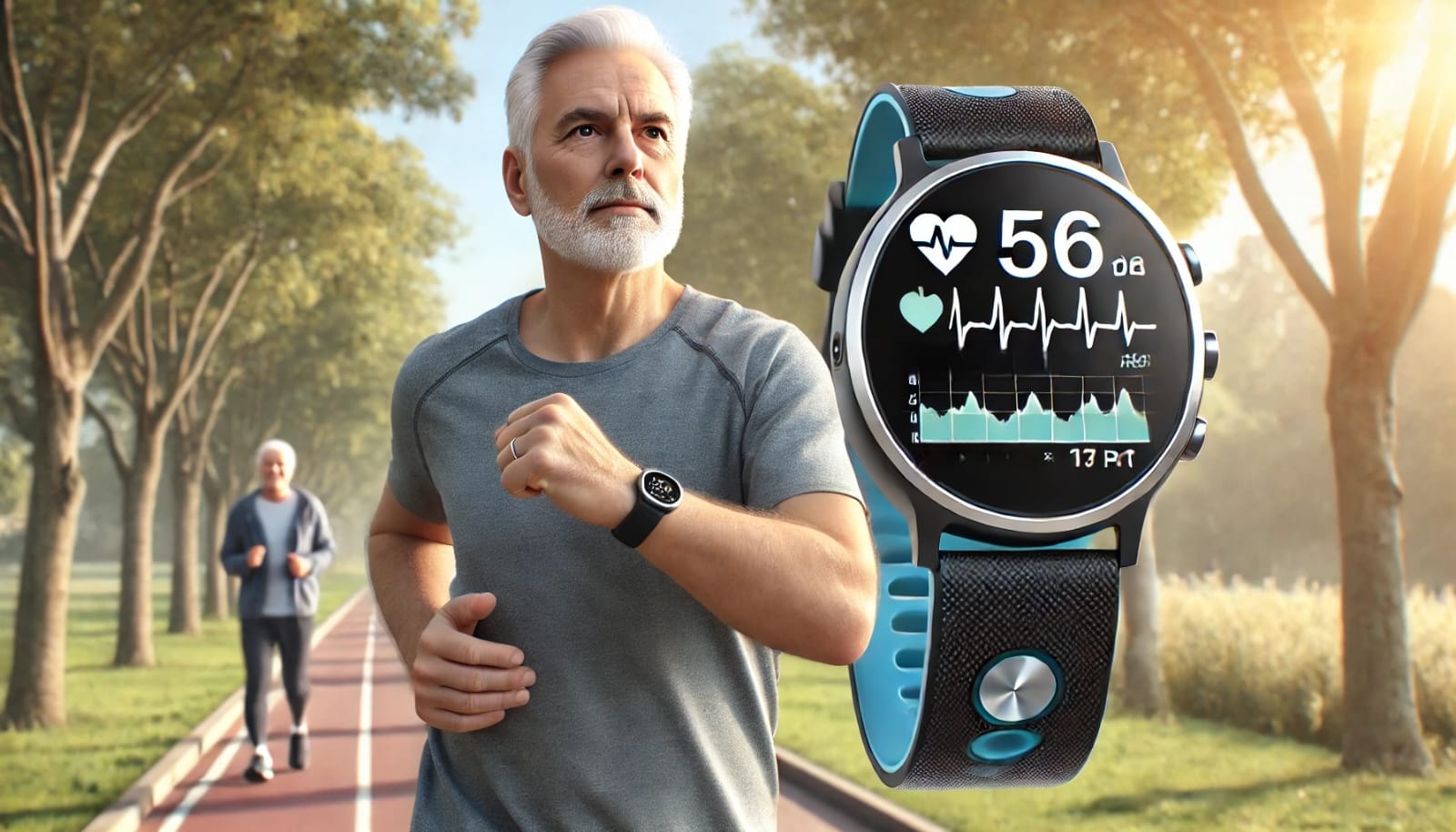

.jpg)

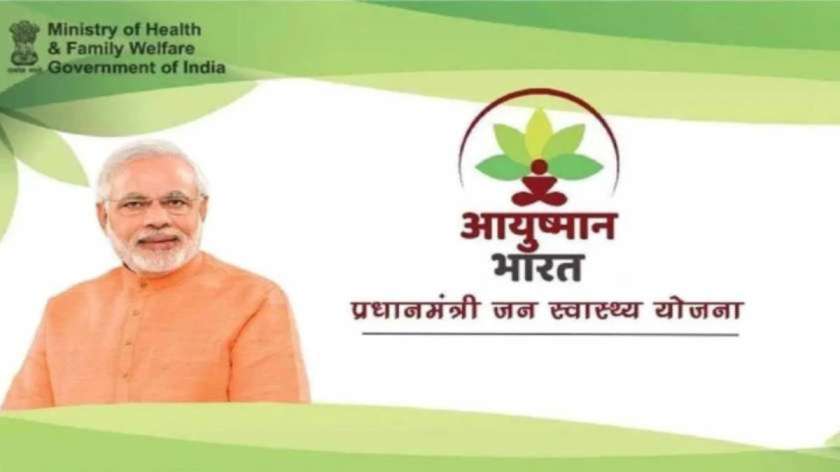





.jpeg)

.jpg)

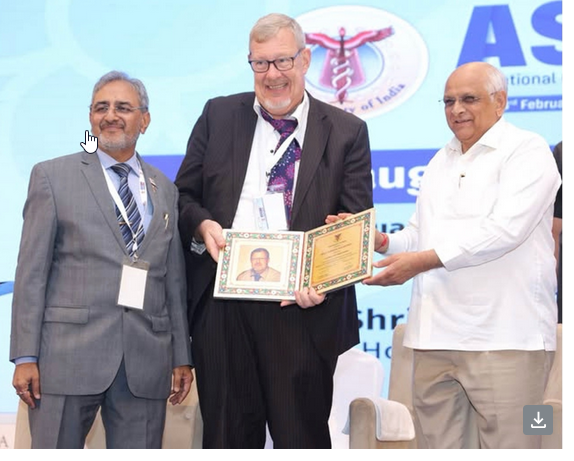

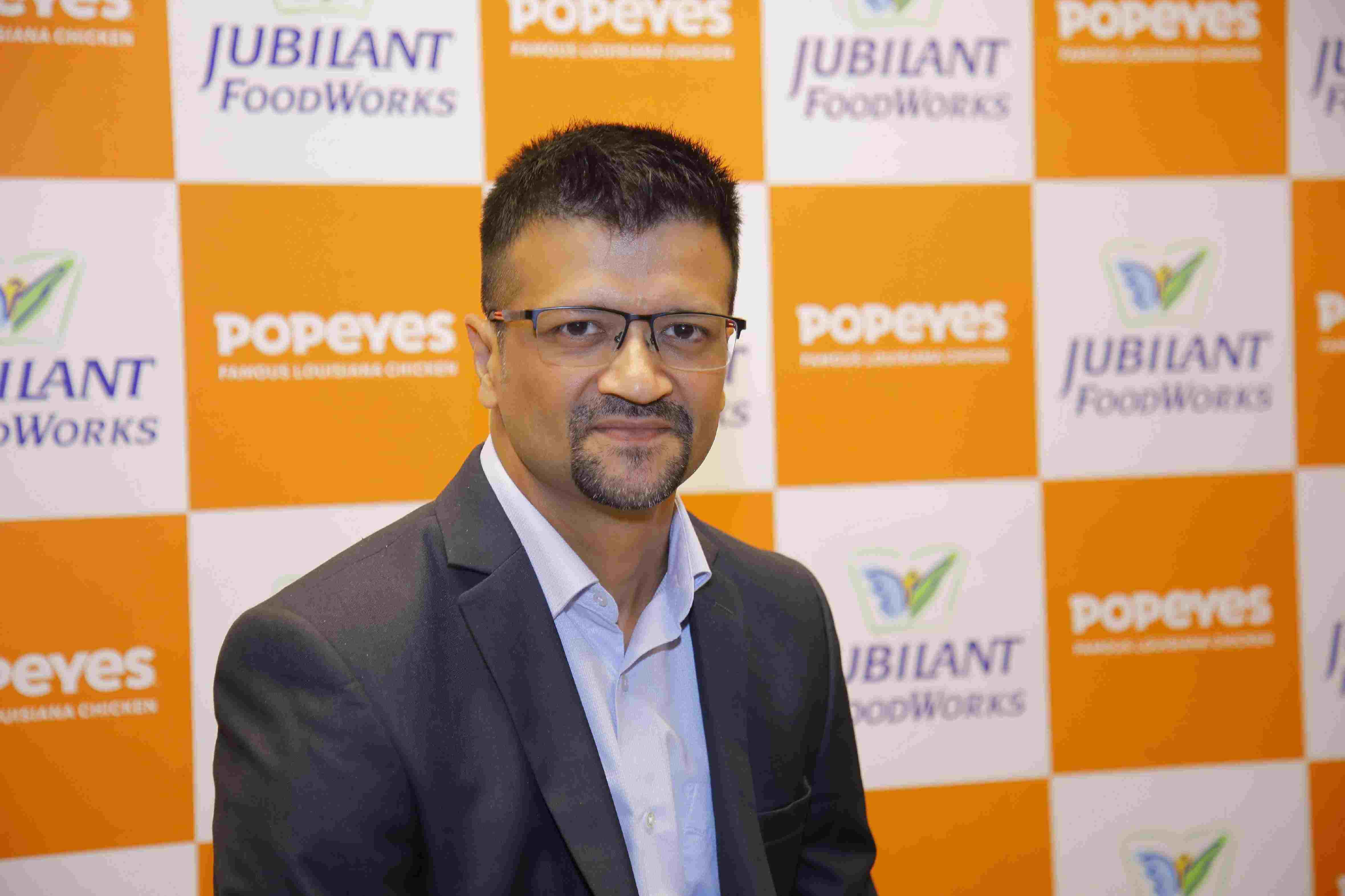
.jpg)

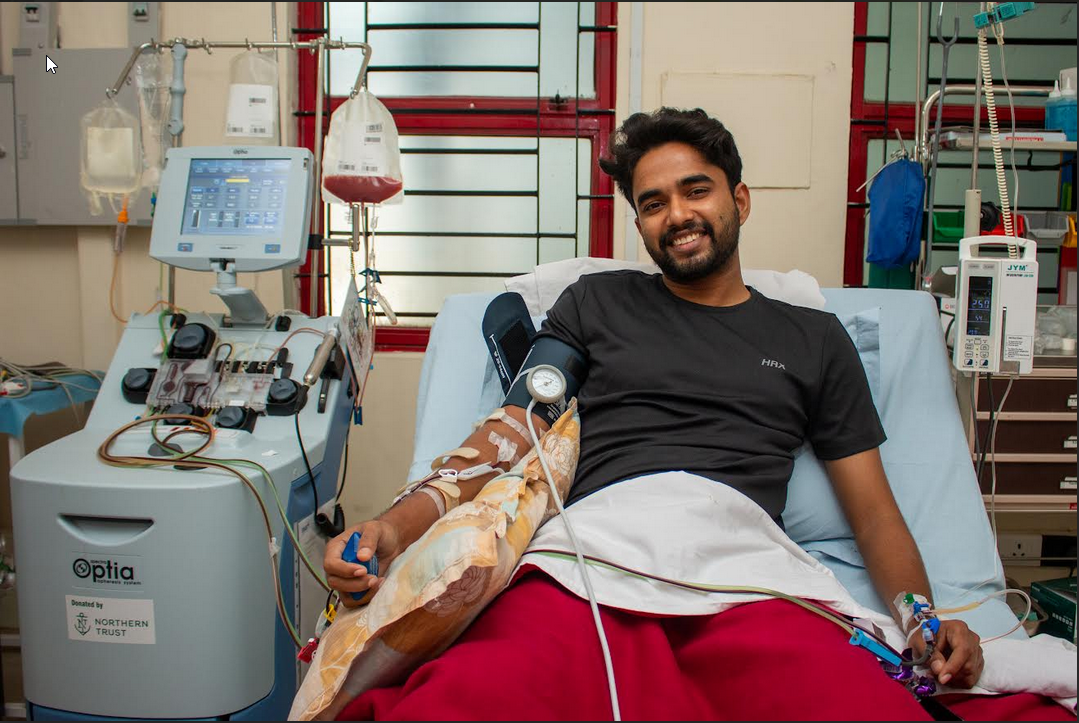
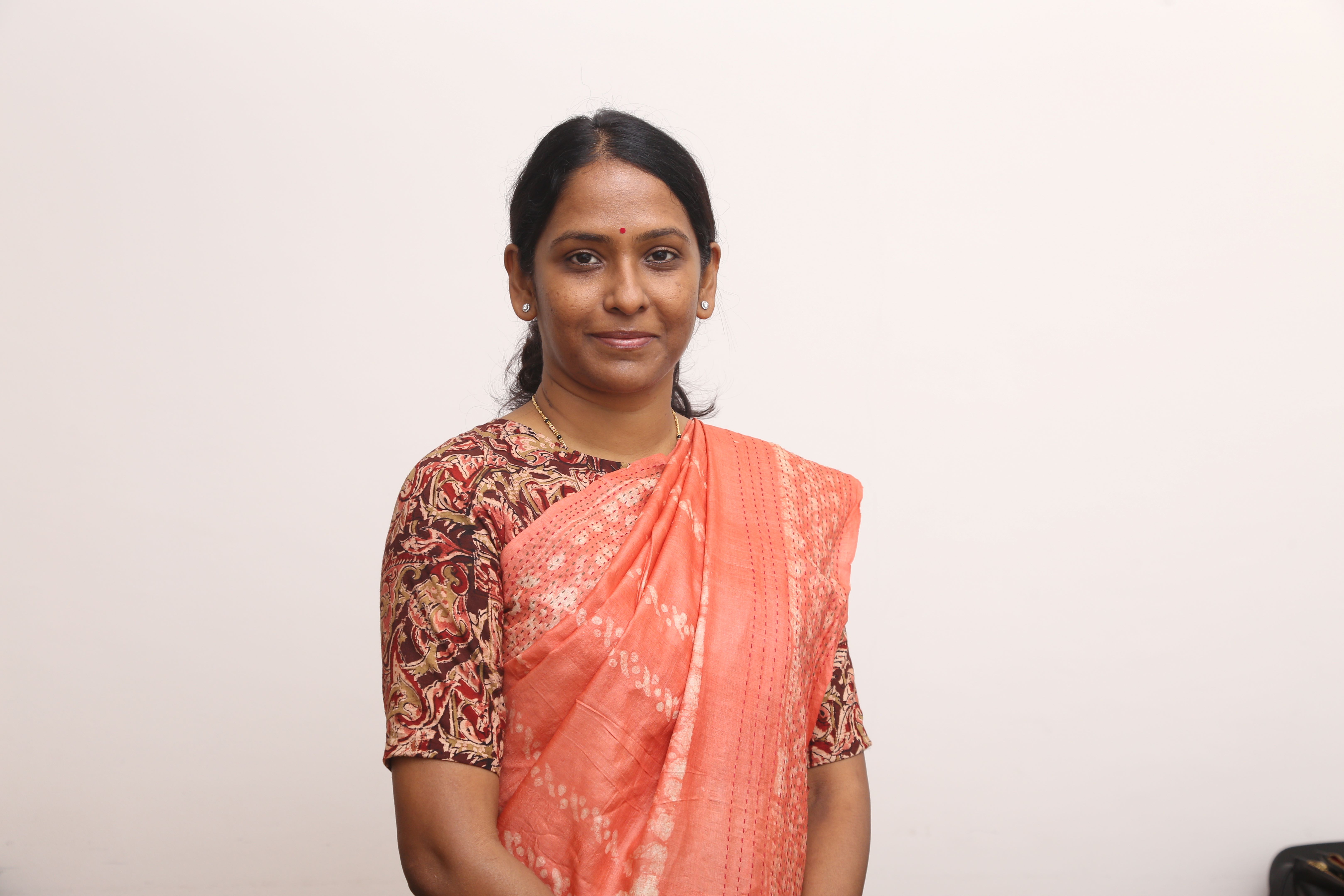

.png)

